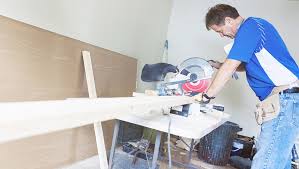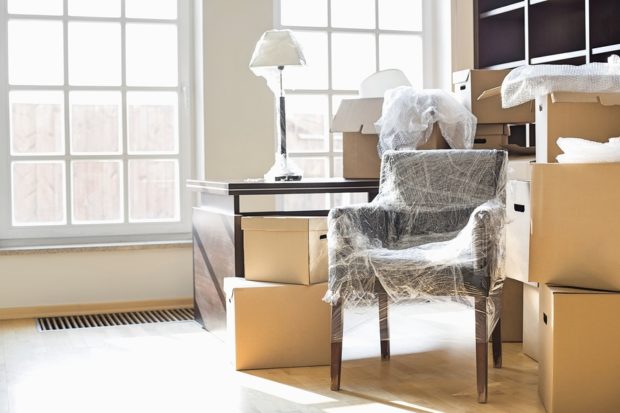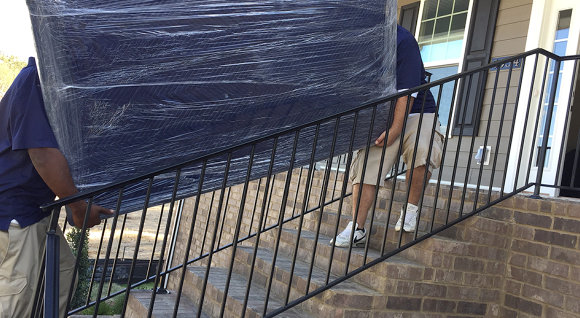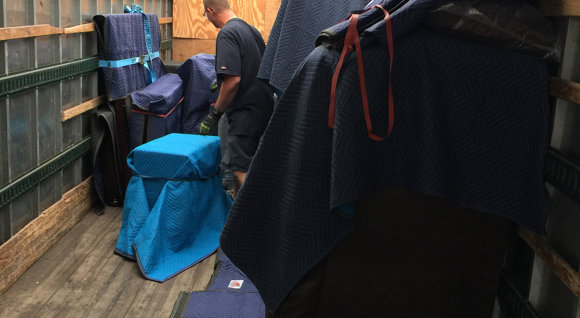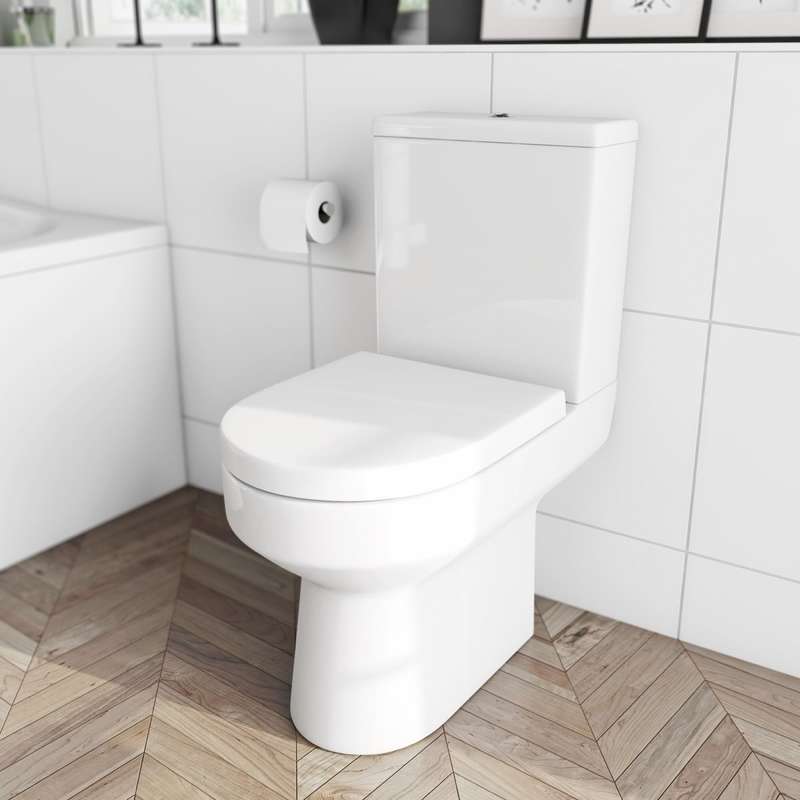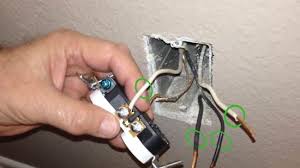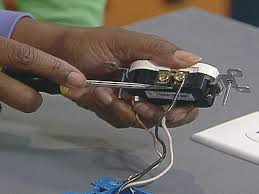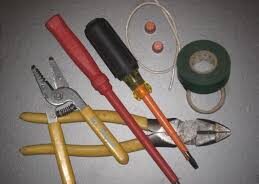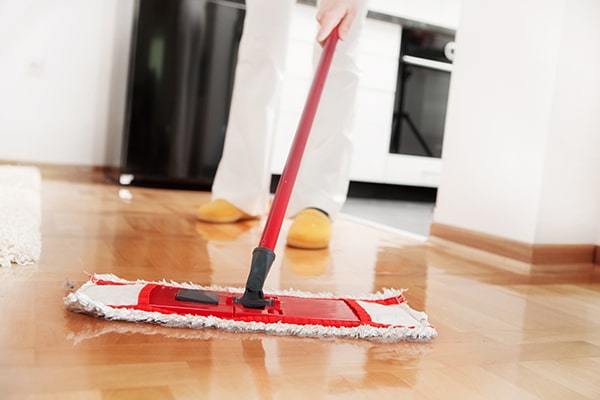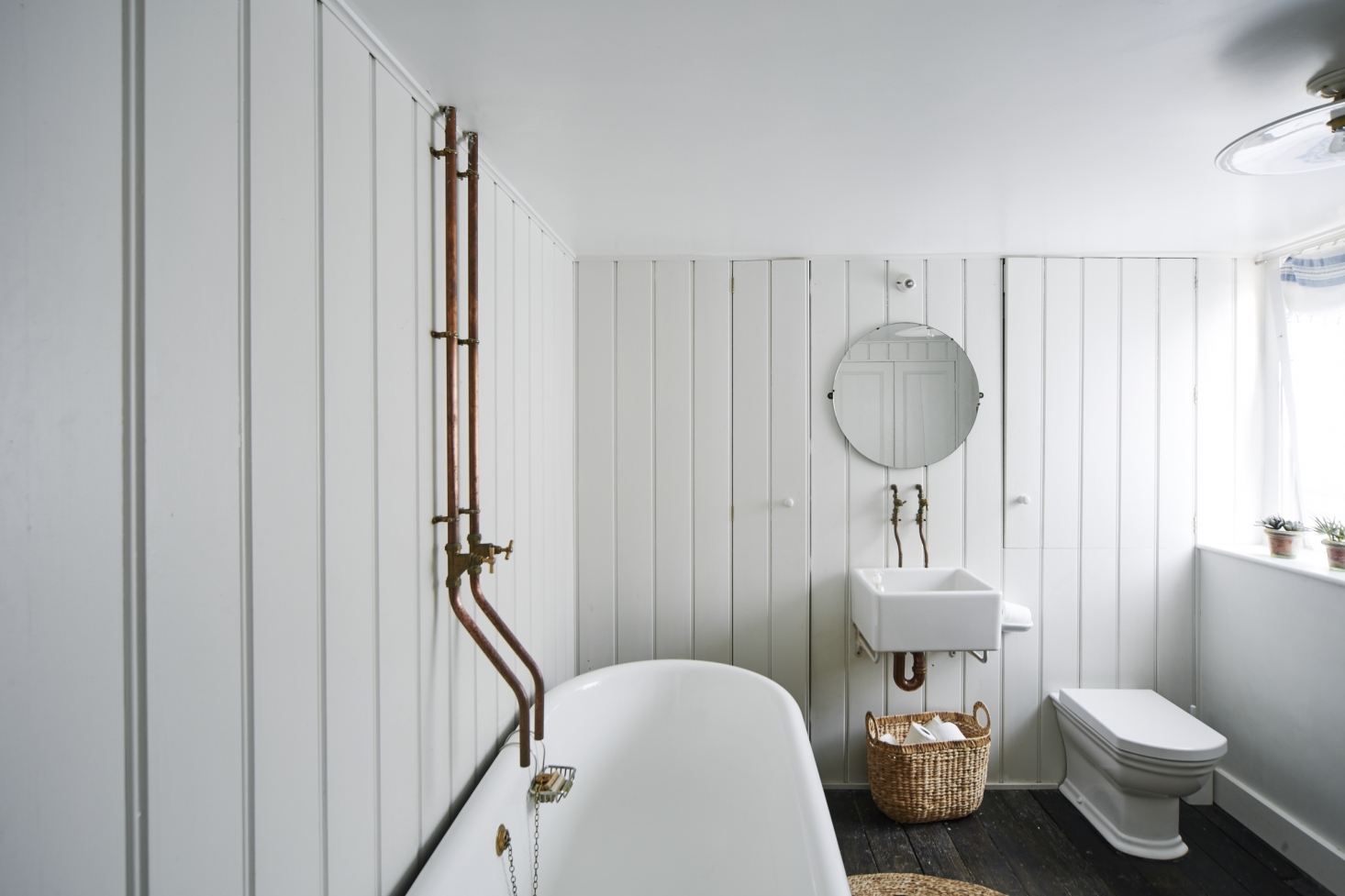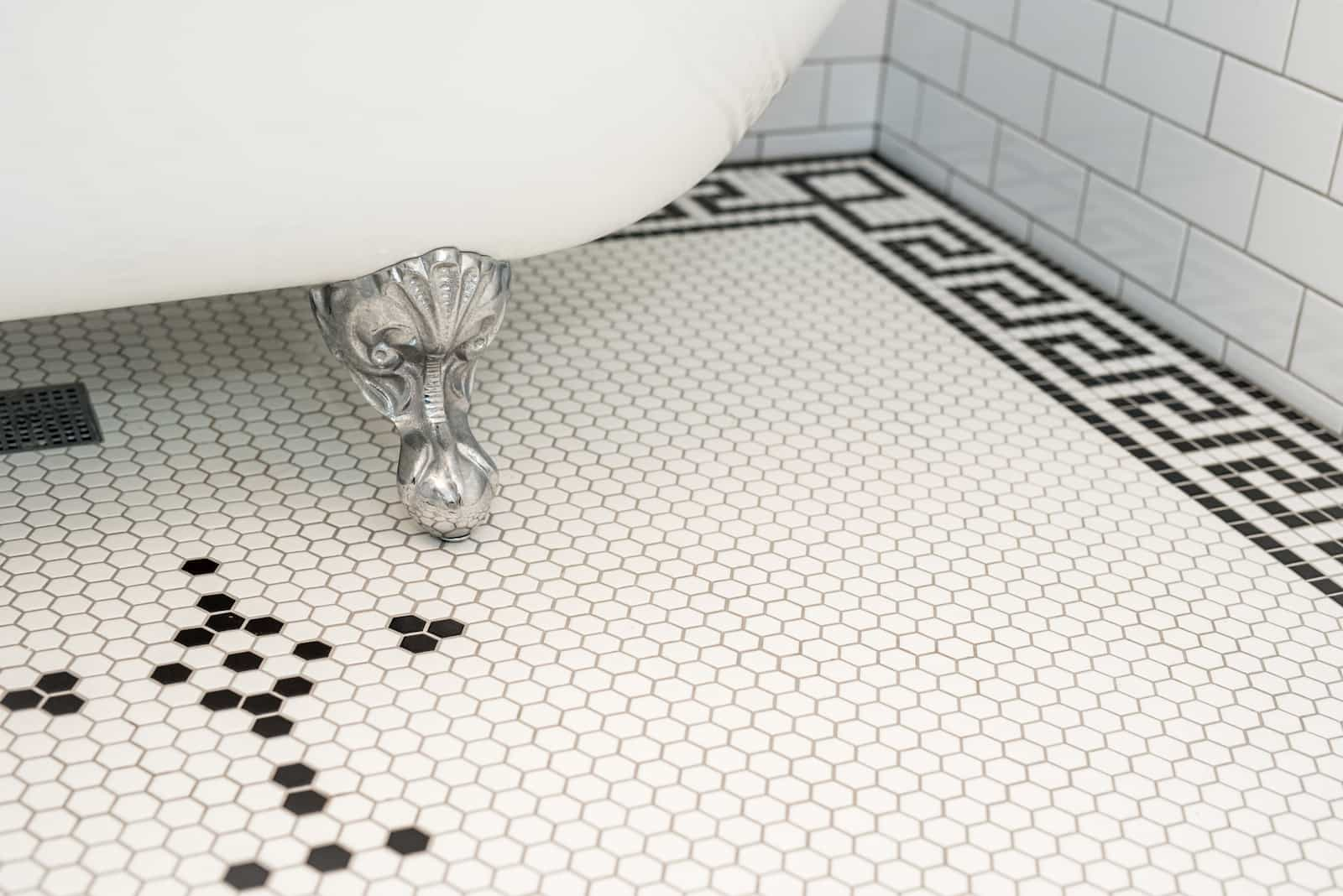Don’t let the bed bugs bite
Question: If you put on “Off” or some other insect repellant before retiring in a hotel will this prevent them from biting? Can they get in your hair? –Dolores Hill, Bessemer, Ala.
Answer: Although we have not specifically tested mosquito repellants on bed bugs, we have tested repellant insecticides. Bed bugs do not seem to respond in the slightest to repellent insecticides. In fact, they will sit on top of them until they die. These results have been confirmed by the older bed bug literature (Usinger 1966) who stated that many repellant materials were applied to bed frames in an attempt to keep bed bugs from crawling up, but none had any effect. Because we have not tested repellants on skin, we can’t say for sure whether bed bugs would be willing to stick their mouth parts though repellant treated skin or not. But we have found bed bugs to be very determined little creatures and I think it would be hard to stop a hungry bed bug. In addition, the repellants that you buy for mosquitoes last only a couple of hours before the effects begin to wear off. If you apply a repellant before getting into bed, a lot of the material could rub off on the sheets etc. Also, bed bugs are most active between 3 and 5 am, which is several hours after the time you would have put the on the repellant to go to bed. Bottom line, a repellant may prevent you from getting a bite or two but I do not believe that they will significantly hinder a hungry bed bug.
Question: Would the silk “sleep sacks” sold as a travel accessory be any help at all against bed bug bites at a hotel? –L Hart , Irvine, Calif.
Answer: Unlikely. Bed bugs can very probably feed directly through the weave of the “sleep sack.” Even if the bag were to offer some protection, the bed bugs could crawl to the opening of the sack and enter that way. The best defense is to inspect the bed (mattress and sheets) and the head board for signs of bed bugs. If you find any, report this to the management and request a different room.
Question: When traveling I carry a can of Lysol spray and spray the bed with it. Is this helpful in getting rid of bed bugs? –Ennis, Tex.
Answer: The only way that Lysol spray could help you is if you sprayed the bugs directly. The alcohols and propellants would probably kill bed bugs if you wetted them down with the material. However, dried spray on or around the bed would have no effect.
Question: Are the pesticide companies trying to develop an effective bed bug spray? –Diana Shea, Descanso, Calif.
Answer: This is an excellent question. All pesticides that are labeled for use in the United States have to be registered by the EPA. To get an EPA registration, the pesticide product has to be thoroughly tested for acute and chronic effects on mammals (laboratory rats and dogs), the potential effects on birds, fish, and honeybees has to be documented, and the environmental fate (half-life) of these products in water or soil also must be quantified. The cost of having a product registered is now estimated to be around $ 100 million. This cost naturally limits the number of products that make it to the marketplace. In addition, there has been a 10 to 15 year trend in reducing the number of pesticide products that receive registration for use in the indoor environment. In short, it is very hard to get new pesticides registered that are labeled for indoor use (as opposed to agricultural use).
Question: Why is it that I get bit but my husband does not? –Denise, Indian Trail, N.C.
Answer: Bed bugs tend to aggregate together when they are resting. It is possible that you are on the “bed bug side” of the bed. Bed bugs don’t switch back and forth from one host to another so if they find you first, you may be the only one bitten. It is also possible that your husband is getting bitten but does not have a significant reaction to the bed bug bites.

Bed Bugs
Bed bugs are insects that feed on blood and can survive months without feeding. Their bites are often itchy, and sometimes painful. Bed bugs are a growing problem everywhere. By spraying for insects less often, and using less dangerous chemicals when we do spray, our homes are safer for our families but also less toxic for bed bugs
Bed bugs are hitchhikers. They travel by hiding in luggage, clothing, beds or furniture. This can make bed bugs a special problem for hotels, apartments, and when using second-hand furniture. Once bed bugs are introduced, they spread from room to room throughout a building. Keeping a clean home can limit cockroach and rodent problems, but will have little effect on bed bugs.
Symptoms
People sensitive to bites can have a raised, red swelling at each bite site or may develop a sensitivity that can include nervousness, and sleeplessness. Symptoms may also appear several days after being bitten. Bed bugs’ feces, casings, and other materials can be asthma triggers in some people. Although bed bugs feed on blood, there is no evidence that bed bugs transmit disease.
Identification
Bed bugs vary in size, and in color, from a red-brown to a light brown. Adult bed bugs are 1/4 inch, or about the width of a pencil.
Bed bugs move quickly. The females lay eggs in cracks and other hidden areas. The eggs appear tiny, white, and are hard to see without a magnifying glass. Bed bugs are active at night and hide within 5 to 20 feet of where people sleep. They tend to gather in tiny crevices and other places, especially in mattresses, box springs, and head-boards.
Guidelines for killing bed bugs in laundry
The nice thing about an emergency pest problem, like the current bed bug epidemic, is that such problems attract a lot of attention from the research community.
Knowing how to dis-infest clothing is important to pest control, because, as the authors so carefully explain, bedbugs “may seek harborage among clothing stored close to the bed, or may be entangled with bed linen while it is being changed. ” And, “once associated with clothing or linen, there is a risk that bed bugs may then escape insecticide treatments, and may be transported to new locations.”
To do this they took laboratory reared bed bugs and sealed them in cotton bags. These bags were then placed among sheets or in the pockets of clothing to assess mortality of standard cleaning methods. The results were enlightening and should help in recommendations for how your customers can ensure maximum effectiveness of methods to disinfest household articles.
A summary of the results of this study include the following:
Freezing can kill bed bugs. Reducing temperatures to -17 degrees C (0 degrees F) for 2 hours will kill all bed bug life stages (about the temperature of a chest freezer, not a refrigerator freezer). A 5.5 lb batch of clothes, however, does not drop to 0 degrees F immediately. The researchers found that it took about 8 hours for the temperature in the center of that wad of clothes to killing temperature. Upshot? Put clothes in freezer for at least 10-12 hours.
Bed bugs are also susceptible to high temperatures of 40-50 degrees C (104-122 degrees F). In order to reach these temperatures, clothing to be dis-infested can be placed in a large tumble drier at the HOT setting for at least 30 minutes (for a 7.7 lb load). A 10 minute HOT tumble dry only killed about 75% of nymphal bed bugs, 85% of adults. Interestingly, the COOL cycle killed almost no bed bugs.
Soaking clothes in cold water for 24 hours (without detergent) killed all adults and nymphs, but killed no eggs. Unfortunately, the researchers did not test whether soaking clothes in cold soapy water for 24 hours would kill eggs. This alternative treatment might be useful, especially for cleaning clothes that are labeled for cool wash and dry only.
Dry cleaning killed all life stages of bed bugs, and would be an appropriate treatment for delicate and temperature sensitive fabrics.
When washing clothes, wash water at 60 degrees C (140 degrees F) on 30 minute wash cycles killed 100% of all life stages. Washing at 40 degrees C (100 degrees F) killed all adults and nymphs, but only 25% of eggs. So clearly, washing clothes for bed bug dis-infestation should be done at the hottest temperatures (about 140 degrees F).
Experience with many pests verifies the wisdom of using multiple control tactics to control pests–a basic tenet of IPM. Certainly bed bugs are no exception. Reducing clutter, systematic inspection and treatment of the bedroom and other infested rooms, trapping and ongoing monitoring, and effective treatment of all exposed household articles, including clothing, are all essential components of good bed bug control
Bed Bugs
Bed bugs are blood-sucking insects in the family Cimicidae. Both nymphs and adults feed on sleeping or sedentary humans, mostly at night, a time when this pest’s stealthy habits are difficult to observe.
The growth and development of C. lectularius is optimal when it feeds on humans; however, this insect also feeds on other species of mammals and on birds found near the home including chickens, mice, rats, and rabbits. Bat bugs and swallow bugs, close relatives of bed bugs, may also be found in and around human dwellings and may sometimes bite humans, although their preferred hosts are bats and birds, respectively
IDENTIFICATION AND LIFE CYCLE
Adult bed bugs are oval, wingless, about 1/5 inch long, and rusty red or mahogany. Their bodies are flattened, they have well-developed antennae, their compound eyes are small, and the area behind the head (the pronotum) expands forward on either side of the head, bearing many small hairs. The immatures, called nymphs, appear identical to the adults except for their smaller size (1/20 –1/5 inch), thinner outer skeleton (cuticle), and lighter yellowish-white color.
Bed bugs are readily distinguished from another common blood-sucking species, conenose bugs (also known as kissing bugs), by their smaller size, more rounded shape, and lack of wings as adults
Bed bugs can be distinguished from their close relatives bat bugs and swallow bugs by comparing the length of the hairs on the pronotum to the diameter of the eye; this requires a hand lens or microscope. These hairs are shorter than the diameter of the eye on a bed bug and longer than the diameter of the eye on bat bugs and swallow bugs
Good night, sleep tight, don’t let the bed bugs bite
The number of strange presenting complaints we encounter every day in our practice surely must have given us the insight to look beyond the tunnel vision we have. It’s something I’ve certainly learnt from the following experience.
Within a day of returning, I started developing a very itchy urticarial rash all over my body.
I proceeded to take a cocktail of antihistamines, topical creams etc, but things didn’t get better. In fact they got worse. I wasn’t sleeping at night because of the itching and started to miss work because the rash was so severe.
He thought it was an urticarial rash and told me to change my washing powder, go organic and generally try to find what was I reacting to. I convinced him to give me a course of steroids while I was abroad, which worked a treat, but as soon as I got back from the US, the rash reappeared.
I spoke to my father (a paediatrician) who got really worried and ordered me to do a string of blood tests, half of which I didn’t even know existed! My registrar and another dermatology registrar suggested various things, treatments, referrals but no specific diagnosis

